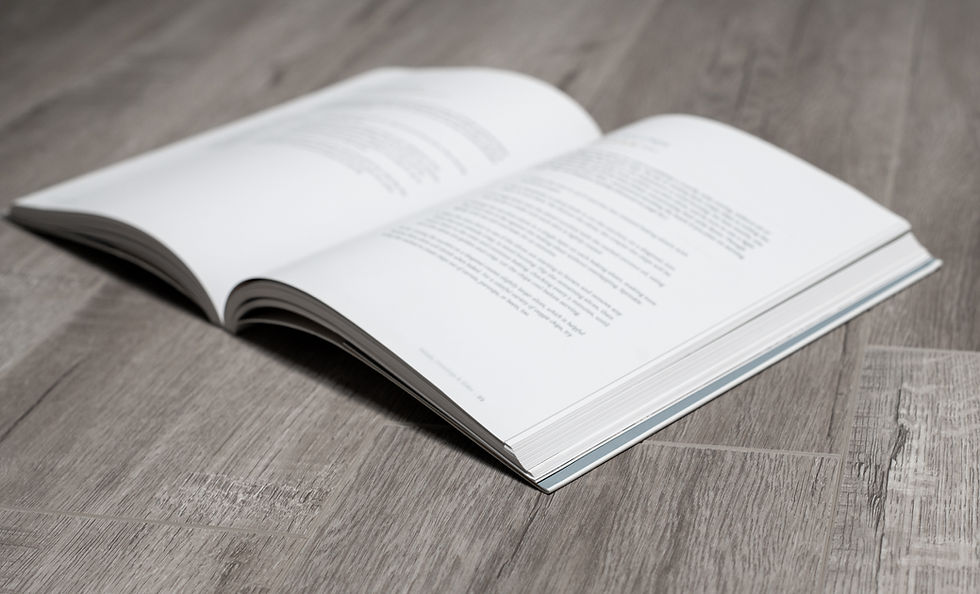You Are a Data Analyst
- Kelly Adams

- Jun 17, 2022
- 3 min read

The field of data analytics is relatively new. But with the Great Resignation many people are switching careers and fields. The problem for those breaking into the field of data analytics (or any field) is not having professional experience. Specifically when applying to "entry level" jobs that require 1-3 years of experience. While you may not have formal, professional experience. I can almost guarantee that you're analyzing data everyday. You could be tracking your sleep using an app. Or even intuitively. Then by observing (analyzing) you can determine (act on your data) how to get better sleep.
For me I've been analyzing data for years. In previous blog posts I've mentioned that I'm an avid weight lifter. It's how I learned that I love analyzing data.
But how does weight lifting translate to data analysis?
First we have to familiarize ourselves with how to analyze data. According to the Google Data Analytics Professional Certificate program there are 6 steps:
Ask questions and define the problem;
Prepare data by collecting and storing the information;
Process data by cleaning and checking the information;
Analyze data to find patterns, relationships, and trends;
Share data with your audience; and
Act on the data and use the analysis results.
Below I'll be breaking down how I've used the process of analyzing data to my weight lifting.
First I needed to figure out what lifts (exercises) I'm going to do. Create a workout routine in order to achieve progressive overload. This is when you gradually increase the weight, frequency, or number of repetitions in your strength training routine. By applying progressive overload it challenges the body and helps you get stronger. I needed to ask questions and define the problem. I asked myself, what can I do to get stronger? The problem is determining how to apply progressive overload to my workout routine.
Then I need to track my lifts. Meaning I need to write down my sets, reps and weight for each of my exercises every time I workout. By recording my data for each lift I can get an accurate representation of my progress. This is the process of preparing the data by collecting and storing the information. I store this information (type of lift and for each one the sets, reps and weight) in an app that helps me determine what's a PR (personal record).
Then I make sure the data I write down is only my working sets, any set taken close to failure (the sets I aim to improve over time that drive increases in strength or muscle). This way I don't skew the data with weights that are low (like warm up weights with the bar when my working set could be 80-90lbs). I'm processing the data by cleaning and checking the information. I'm making sure I include sets that are only applicable to determining the workout volume (relevant information).
Next is to check the record of my lifts and the patterns. I'll be making sure that the graph (auto generated by my app) is trending upwards. This means that I'm getting stronger and my weight for a 1 rep max is going up. I'll also be checking to see how close I am to my goals. For instance my goal for a barbell bench press is 60% of my bodyweight. This gives me a goal of 65lbs. I regularly check to see what my progress on this is. This is the most important steps, analyzing the data to find patterns, relationships, and trends. I am analyzing the data to see if I need to change my workout routine, either increasing reps, sets or weights. Or sometimes switching an exercise for another one to target other muscles. Like switching out the barbell bench press with a dumbbell bench press.
Lastly I use this data to determine my next routine, whether I should increase my reps, weights or sets. This is the final step of act there is no share in this case since the audience is me. Now I am acting on the data and using the analysis results to apply progressive overload to my program. With the ultimate goal (solving my problem) of getting stronger and building muscle.
I've been analyzing data all my life. And you probably are too whether it be formally or informally. Look at your own life. If you're an avid golfer check your stats (scores) for your most recent games. Or if you are someone who owns a fitness watch like an Apple Watch or a Fitbit, and track your sleep. Maybe it's something simple like making note of what times it's best to leave your house to avoid traffic. Take a close look at your life and see where you can apply data analytics.


